
After 22 consecutive years of being staged in Baguio, the Panagbenga flower festival continued to wield its brand of magic on Filipinos and foreigners alike.
City officials led by Baguio Mayor Mauricio Domogan welcomed guests from various parts of the world to the two-day festival last weekend (Feb. 24 to 25) to join in the festivities and witness for themselves a kaleidoscope of color in the form of artfully produced floats covered in native blooms.
This year’s edition, the biggest to date, featured 23 floats and close to 30 groups of street dancers divided into three divisions—elementary, high school and open divisions.
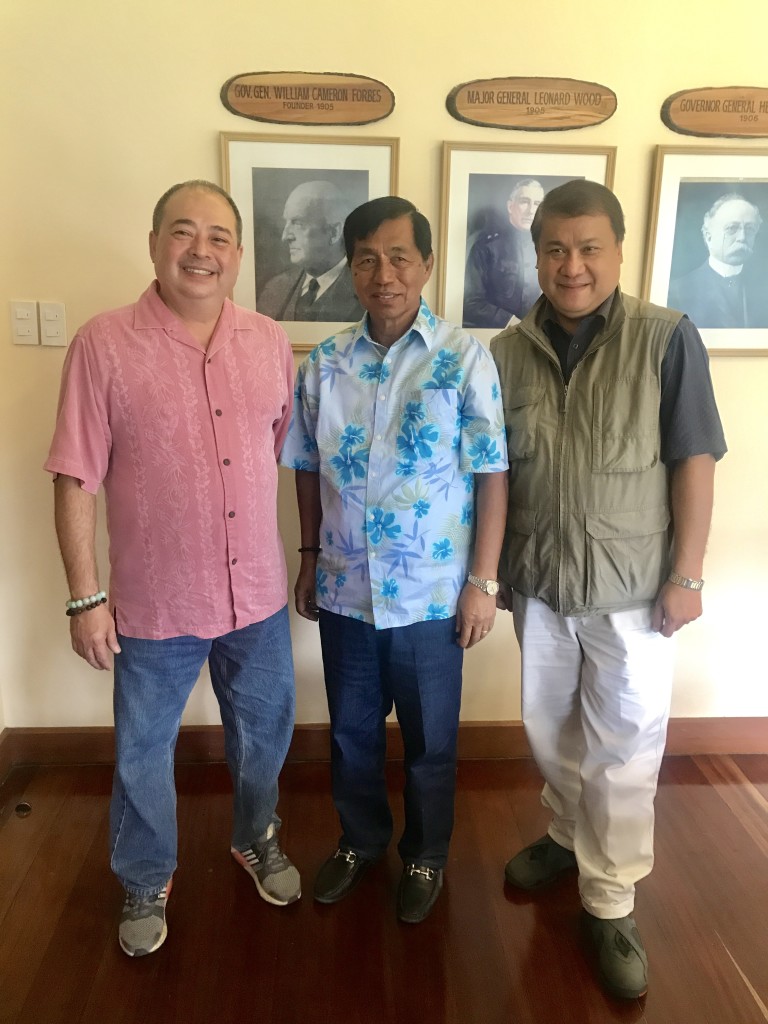
Amid the infectious beat of drums and lyre xylophones, street dancers wearing colorful and stylized costumes paraded down the iconic Session Road on their way to the city’s stadium where each group had seven minutes to impress judges.
Each group drew inspiration from the Cordillera culture, from the region’s various livelihoods and costumes, to its customs and traditional practices, without neglecting the need to entertain spectators, many of whom lined Baguio’s streets as early as 4 a.m. to catch a glimpse of the parade and the participant’s respective routines.
The grand champion in the street dancing contest received P250,000, while the company behind the winning float (which has yet to be announced as of this posting) went home with P500,000. Cash prizes were also allotted to the runners-up.
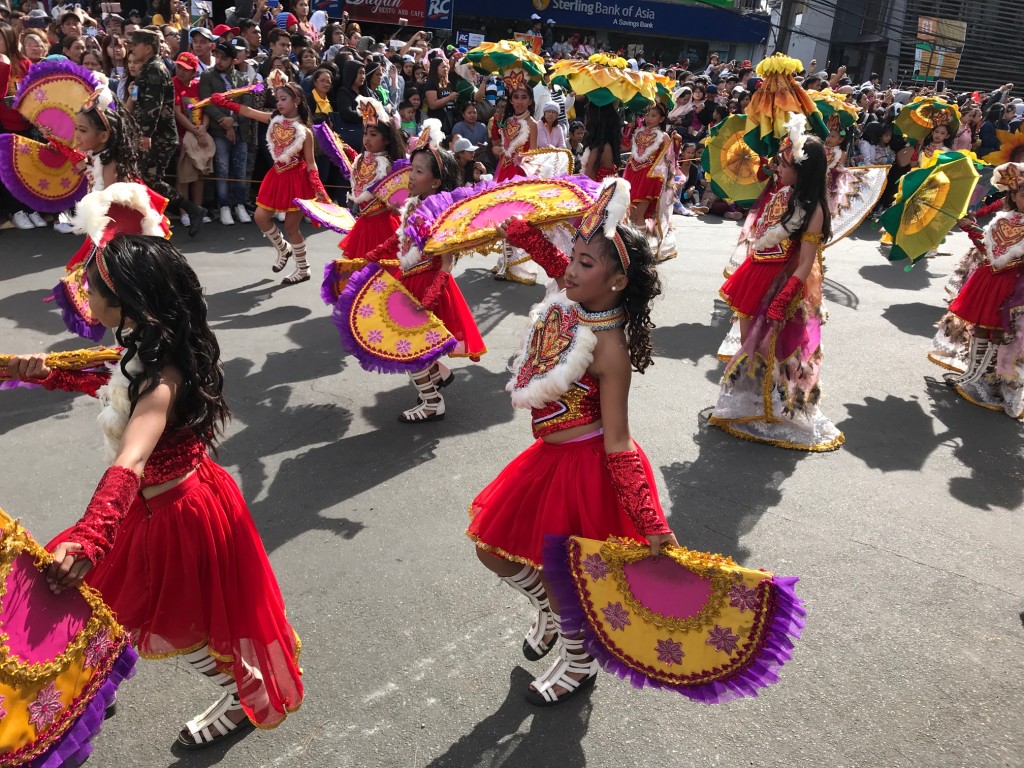
Apart from a series of marching bands, baton-twirling majorettes and female flag bearers added to the street parade’s fiesta-like atmosphere.
Each qualifying group of street dancers received a P60,000-subsidy from the city government. Admittedly, such an amount isn’t enough, as schools had to, among other expenses, hire professionals to spice up their choreography. A big chunk of the budget was also eaten up by the participants’ costumes.

The children’s parents normally have to shell out money to contribute to their props and costumes. Earning a spot in the street dancing contest is quite coveted. Most parents consider it an honor for their kids to take part in the annual event.
The second day featured 23 floats as well as the winning groups of street dancers. Corporate giants such as SM, NLex, Coca-Cola, Master Siomai, M Llhuillier, ABS-CBN, GMA and Jollibee, to name a few, each fielded a float.
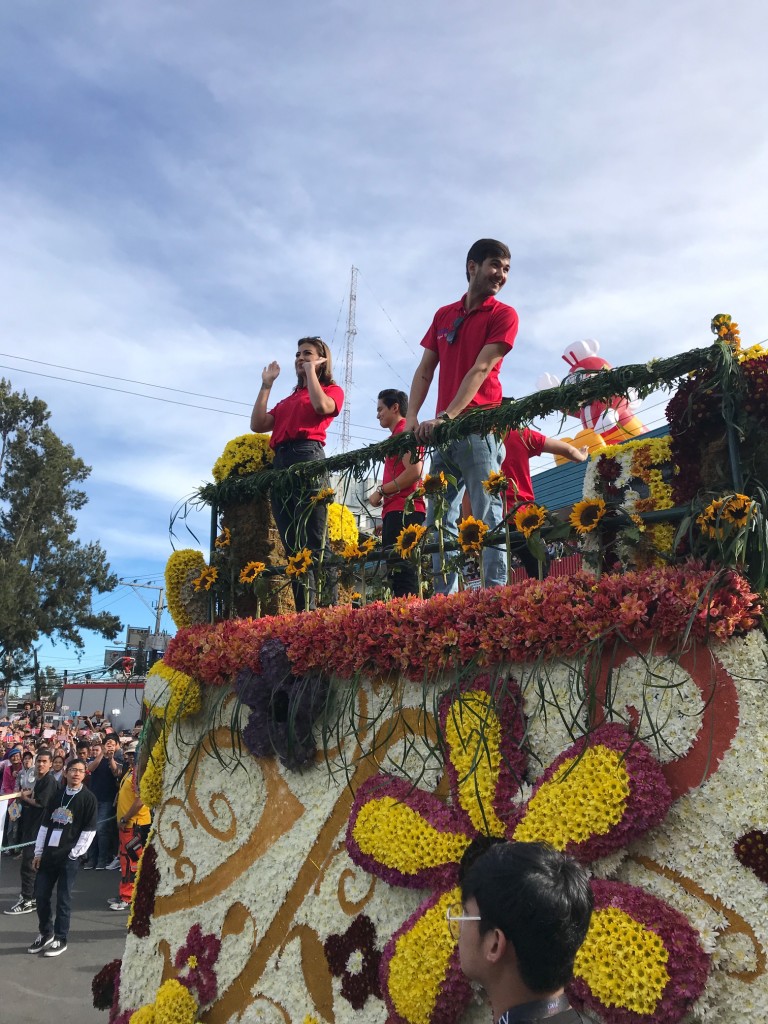
Baguio Country Club, one of the city’s leading resort hotels and a hall of famer in Panagbenga’s float division contest, fielded not one, but three floats this year.
“Imagine, when the Panagbenga festival was hatched in 1996, it only featured three floats,” said Freddie Alquiros, co-chair of the Baguio Flower Foundation. “After the 1990 earthquake and the 1991 Mt. Pinatubo eruption, tourism died in Baguio. Nobody wanted to go north and cross the lahar.”
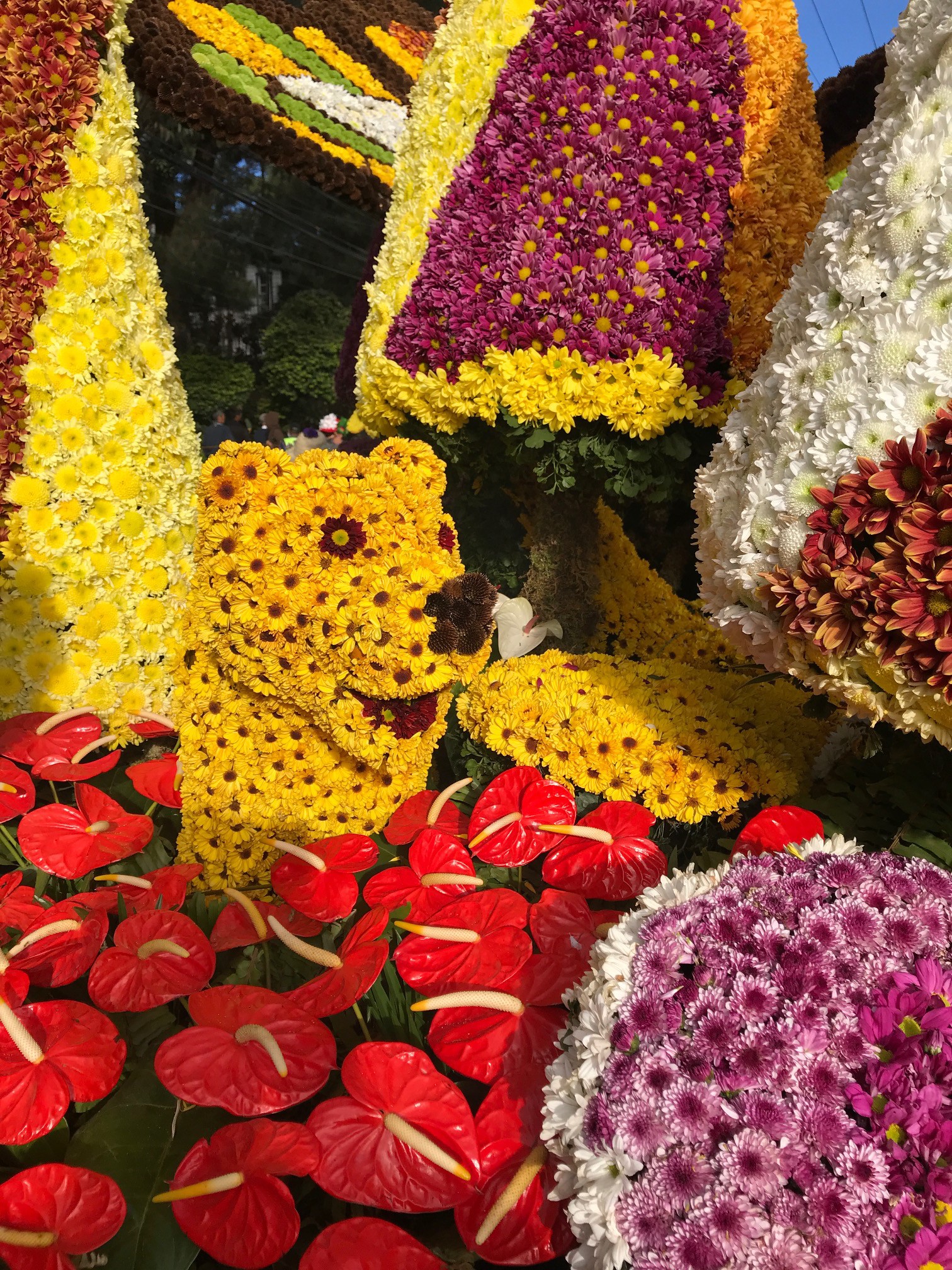
Domogan, who was already mayor of Baguio then, and his advisers thought of coming up with an event to bring back tourists while slowly putting Baguio back on the map, Alquiros added.
Since Baguio and its environs are known for their flowers, they decided to hold a festival in February, the city’s flower month, which celebrates and pays homage to the region’s blooms.
“Panagbenga is a Kankaney word for blossoming,” Alquiros explained. “During the festival’s first year, only three schools participated in the street dancing. Panagnega itself used to be just one day.
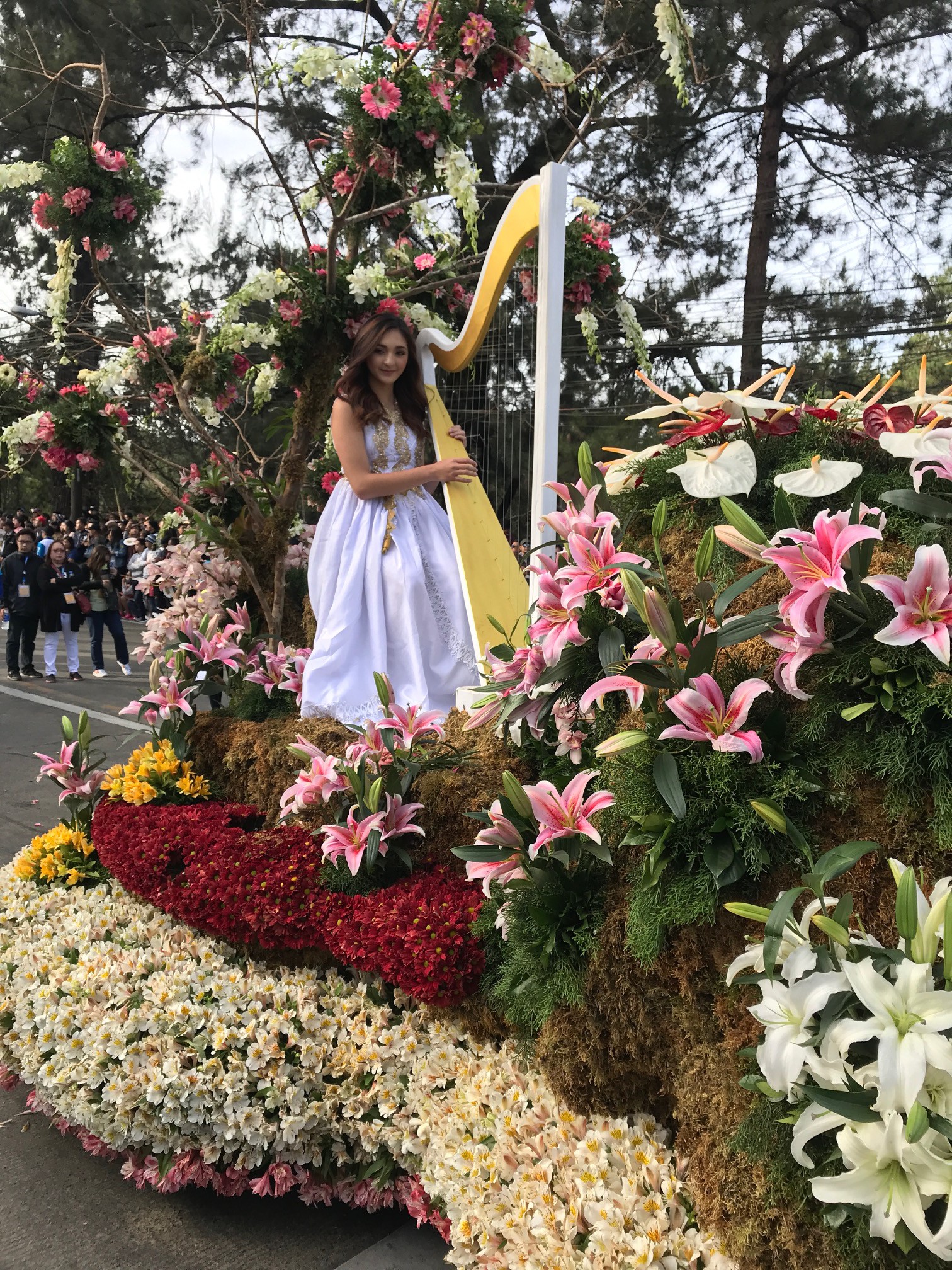
Floats featuring movie stars and local celebrities expectedly drew the largest cheers. Ruru Madrid, Glaiza de Castro, Megan Young and Matt Evans, among others, graced the Kapuso network’s float, while a rapping Coco Martin led senior stars like Michael de Mesa and Lito Lapid in the Kapamilya network’s float.
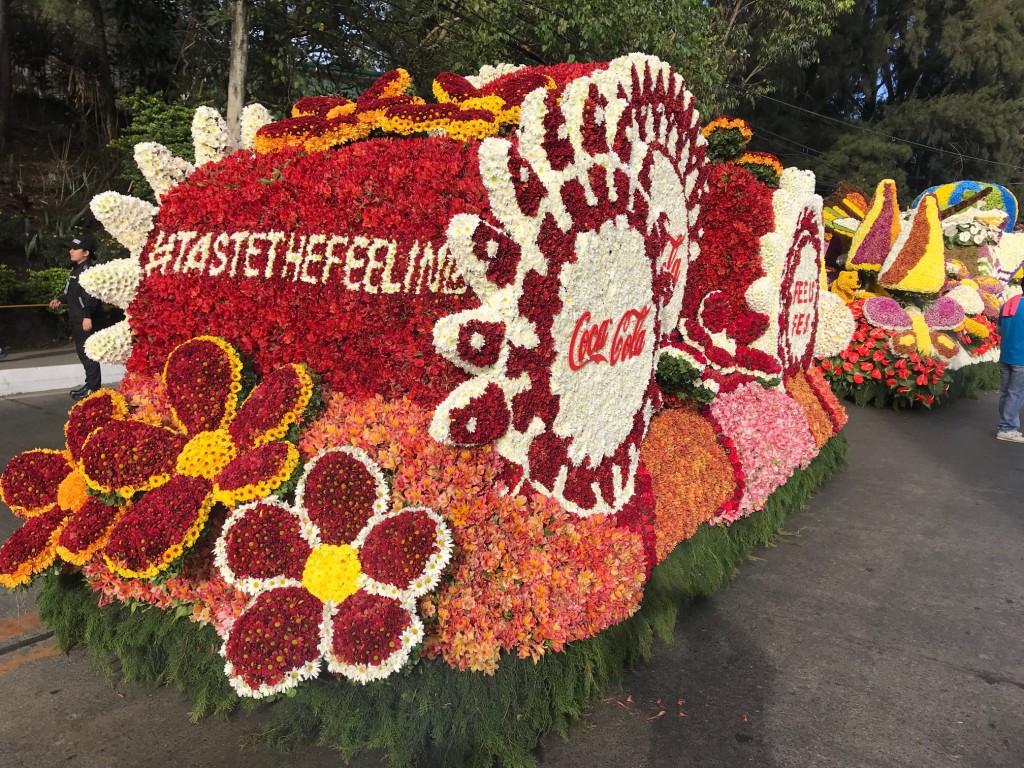
Depending on the size and design, a huge, “contest-worthy” float could easily cost between P350,000 to P500,000. Smaller floats could set back participants by as much as P250,000, while more elaborate ones could easily exceed P600,000.
But the so-called “Panagbenga hotties,” a group composed of buffed and model-handsome Filipino men in traditional loincloths, also held their own, as they walked barefoot near the tail end of the parade.






